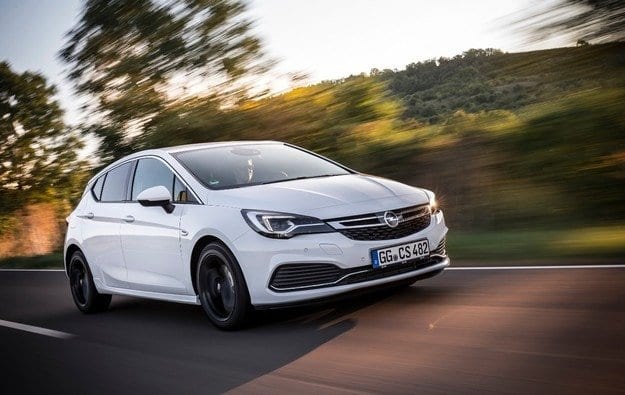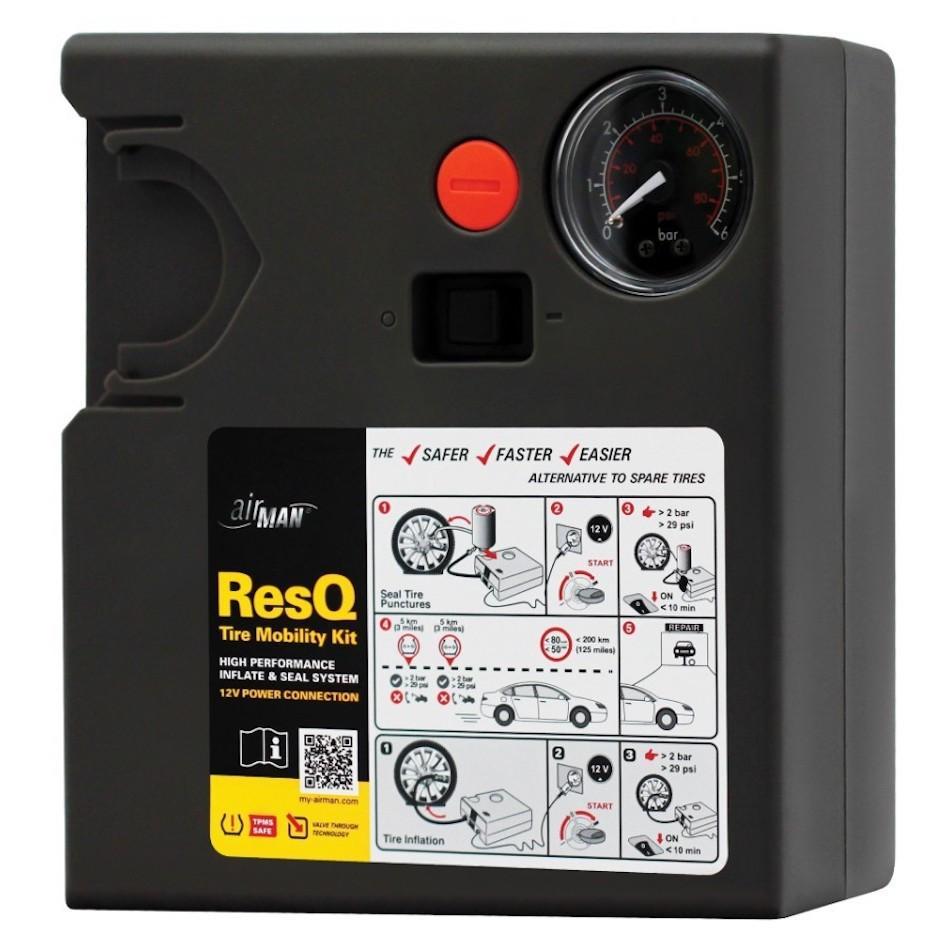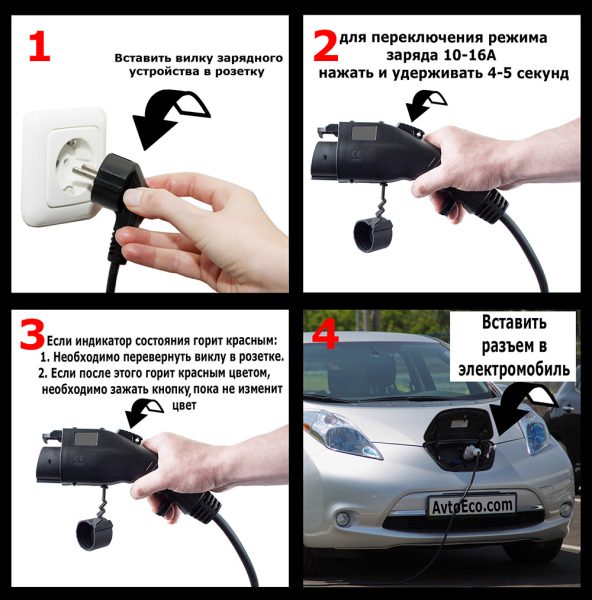
Test drive Opel with wider adaptive cruise control range

Automatically reduces speed when approaching the slower car in front
Opel Hatchback and Astra Sports Tourer with Adaptive Cruise Control (ACC) are now also available for versions with a six-speed manual transmission as well as an automatic one.
Compared to conventional cruise control systems, ACC provides additional comfort and reduces driver stress by maintaining a certain distance from the vehicle in front. ACC automatically adjusts the speed to allow the vehicle to follow smoothly in front according to the distance selected by the driver. The system automatically reduces speed when approaching the slower vehicle in front and applies limited braking force when necessary. If the vehicle in front accelerates, ACC increases the vehicle speed to the preselected speed. If there are no vehicles ahead, ACC works like normal cruise control, but can also use braking force to maintain a set descent speed.
Opel's latest generation ACC uses not only a conventional radar sensor for conventional systems, but also the Astra's front-facing video camera to detect the presence of another vehicle in the lane in front of the Astra. The system operates at speeds between 30 and 180 km / h.
The ACC Astra automatic cruise control with automatic transmission with automatic transmission can even reduce the speed of the car to a complete stop behind the vehicle in front and provide additional support to the driver, for example, when driving in heavy traffic or congestion. When the vehicle is stationary, the system can automatically resume driving within three seconds following the vehicle in front. The driver can continue driving manually by pressing the “SET- / RES +” button or the accelerator pedal when the vehicle in front starts up again. If the vehicle in front starts but the driver does not respond, the ACC system provides a visual and audible warning to restart the vehicle. The system then continues to follow the vehicle in front (up to the set speed).
The driver controls ACC operation using buttons on the steering wheel to select “near”, “middle” or “far” for the preferred distance to the vehicle in front. The SET- / RES + button is used to control the speed, while the dashboard icons on the instrument panel provide the driver with information about the speed, the selected distance and whether the ACC system has detected the presence of a vehicle in front.
ACC and optional electronic driver assistance systems in the Astra are key elements of the smart cars of the future and automated driving. Lane Keep Assist (LKA) applies a slight corrective pressure on the steering wheel if the Astra shows a tendency to leave the lane, after which the LDW (Lane Departure Warning) system is triggered if it really fails. ribbon border. AEB (Automatic Emergency Braking), pressure boosting functions IBA (Integrated Brake Assist), FCA (Forward Collision Alert) and Front Distance Indicator (FDI) (Distance Indication) help prevent or reduce the consequences of potential frontal collisions. Several red LED lights reflect on the windshield in the driver's immediate field of view if the Astra approaches a vehicle that is moving too fast and there is an imminent risk of collision. The Astra's single (mono) front-facing video camera at the top of the windshield collects the data necessary for these systems to function.
1. Auto Resume is available in Astra versions with 1,6 CDTI and 1.6 ECOTEC Direct Injection Turbo engines.
Home " Articles " Blanks » Opel with a wider range of adaptive cruise control

